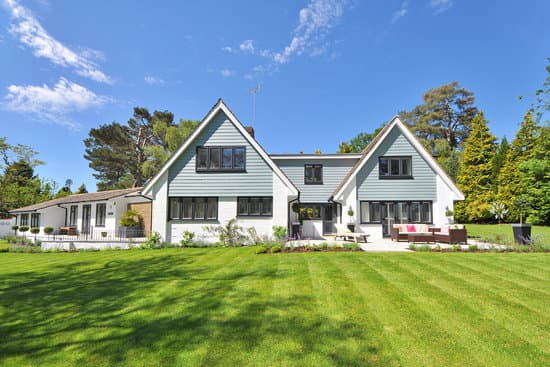- Pine
- Yew
- Deciduous species like betula pendula, wych-elm, and linden
- Oak
- Aspen
- Hazel
- Juniper
- Wych elm
Scandinavia boasts a diverse range of trees that are well-suited to the region’s climate and terrain. The type of tree found in Scandinavian countries varies depending on the subregion and the elevation. The southwestern coast, as well as fjords located in Vestlandet, are home to a mixed temperate forest that includes a variety of tree species. Below, we’ll take a closer look at the trees that can be found in this region:




















